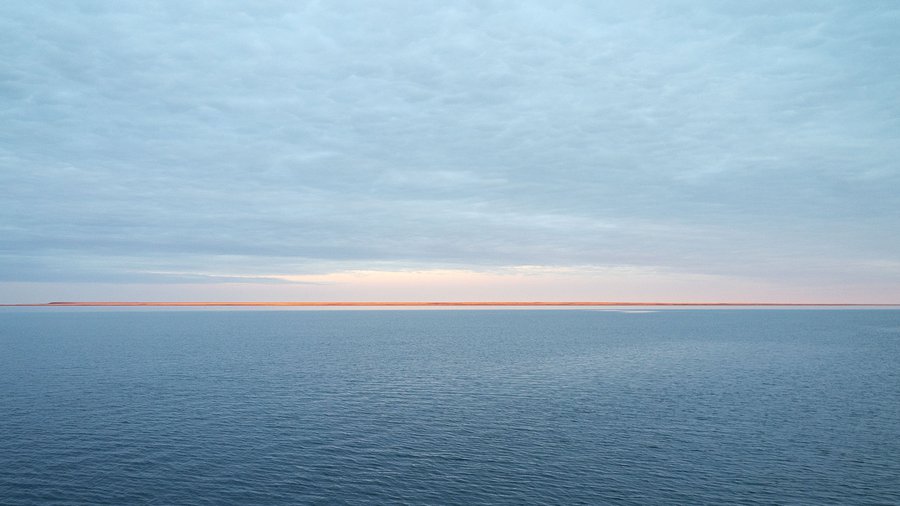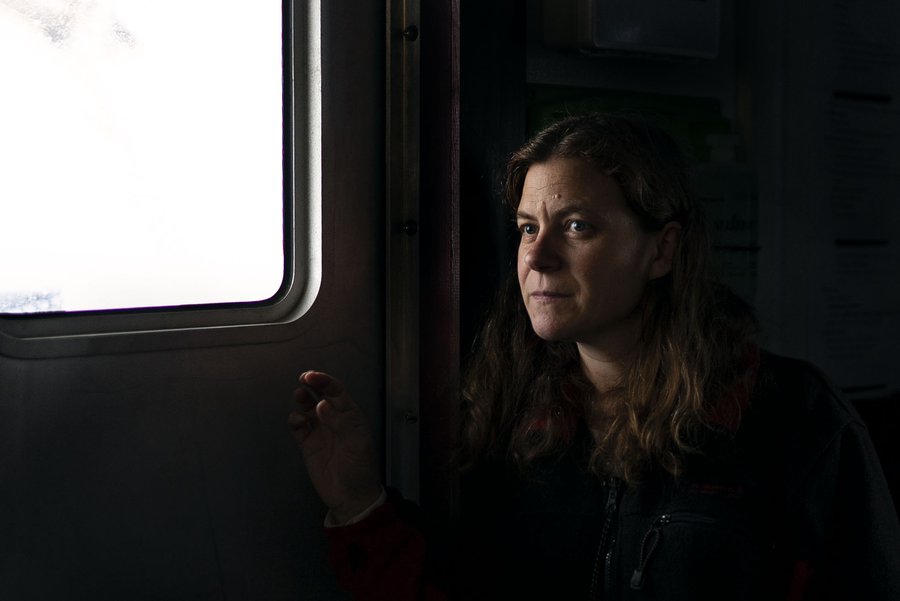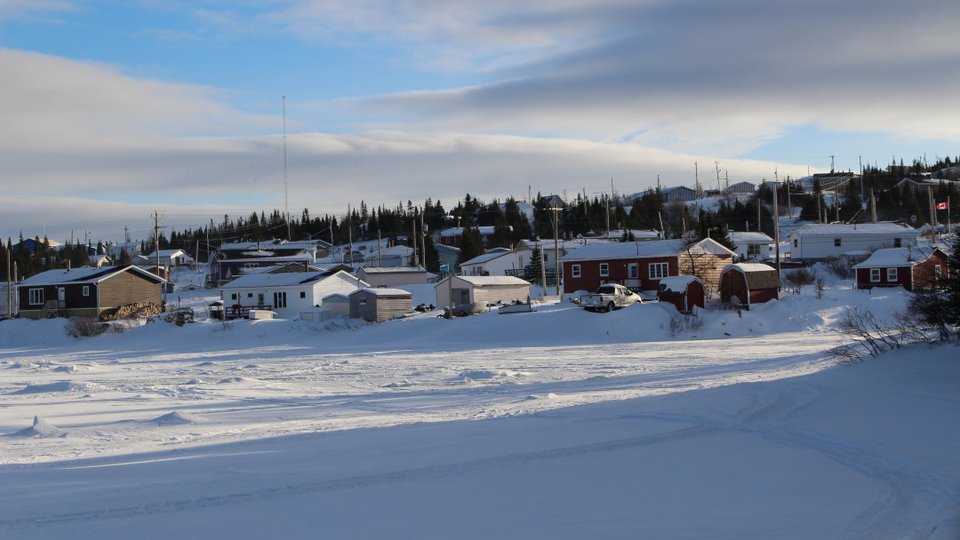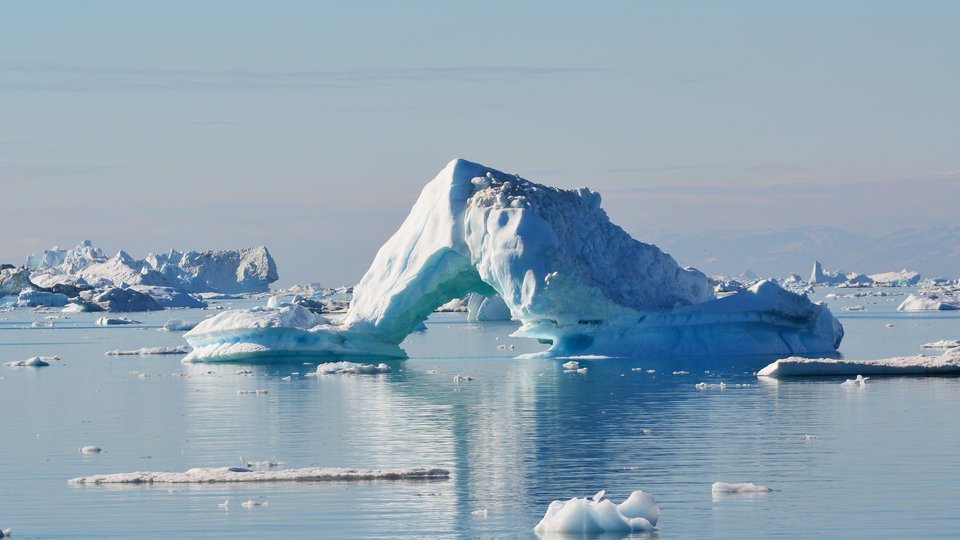
nderstanding current ecosystems and predicting future conditions of the Arctic Ocean is a major challenge. I am a biological oceanographer in Arctic research, working to learn about connections within a marine ecosystem that is inherently variable and now undergoing significant changes. How can we best learn about the ecological connections within the Arctic marine ecosystem that are at the center of how the Arctic Ocean works? Are there new tools and powerful analyses that will answer our complex questions? Maybe.

From left, Jasmine Liesch, Michelle Kamula, Andrea Niemi and Kevin Jacobs onboard the R/V William Kennedy. Photo by Thomas Surian
I think we can best address the import questions about the Arctic by bringing people together. And a small ship is a great way to do just that. During our time on the R/V William Kennedy, local and scientific knowledge, from multiple disciplines, have resided together. Knowledge transfer from across different regions of the Arctic has been made possible. And research efforts have been coordinated in “real time” to opportunistically explore the unknown.

Late summer sunset in Coral Harbour, Nunavut. Photo by Thomas Surian
My general interest is the small plankton of the Arctic Ocean. During this trip I’ve seen a great diversity of species. Nets have been loaded with tiny transparent lines of goo that don’t seem more interesting than their shadow. But in the sea they lurk as agile hunters with fang like jaws. The graceful sea snails (pteropods) and sea angles (clinoe) have also been consistent species in our nets. As interesting as the individual species are, studying them in isolation does not directly answer questions about how the Arctic Ocean functions, today or in the future. Only by working closely with other research groups that represent the prey, predators and habitat of the plankton can I work towards a better understanding of food web connections and the susceptibility of those connections to changing environmental conditions.

Scientists aboard the R/V William Kennedy examine, specimens caught in an exploratory trawl off the coast of Southampton Island, Nunavut. Photo by Thomas Surian.
This has been my first expedition to Hudson Bay, a lot of the ecosystem players are the same as other regions of the Arctic but there is unique habitat along the coasts that I’d love to explore further. By working together with the crew and research team onboard the R/V William Kennedy we created a hot spot of research where our scientific questions were tested and re-evaluated. This has provided a powerful way to deliver new insights into big questions and future challenges for our precious Arctic marine ecosystems. Looking forward to coming back.

Andrea Niemi on the R/V William Kennedy. Photo by Thomas Surian
Andrea Niemi is a Research Scientist with Fisheries and Oceans Canada.





